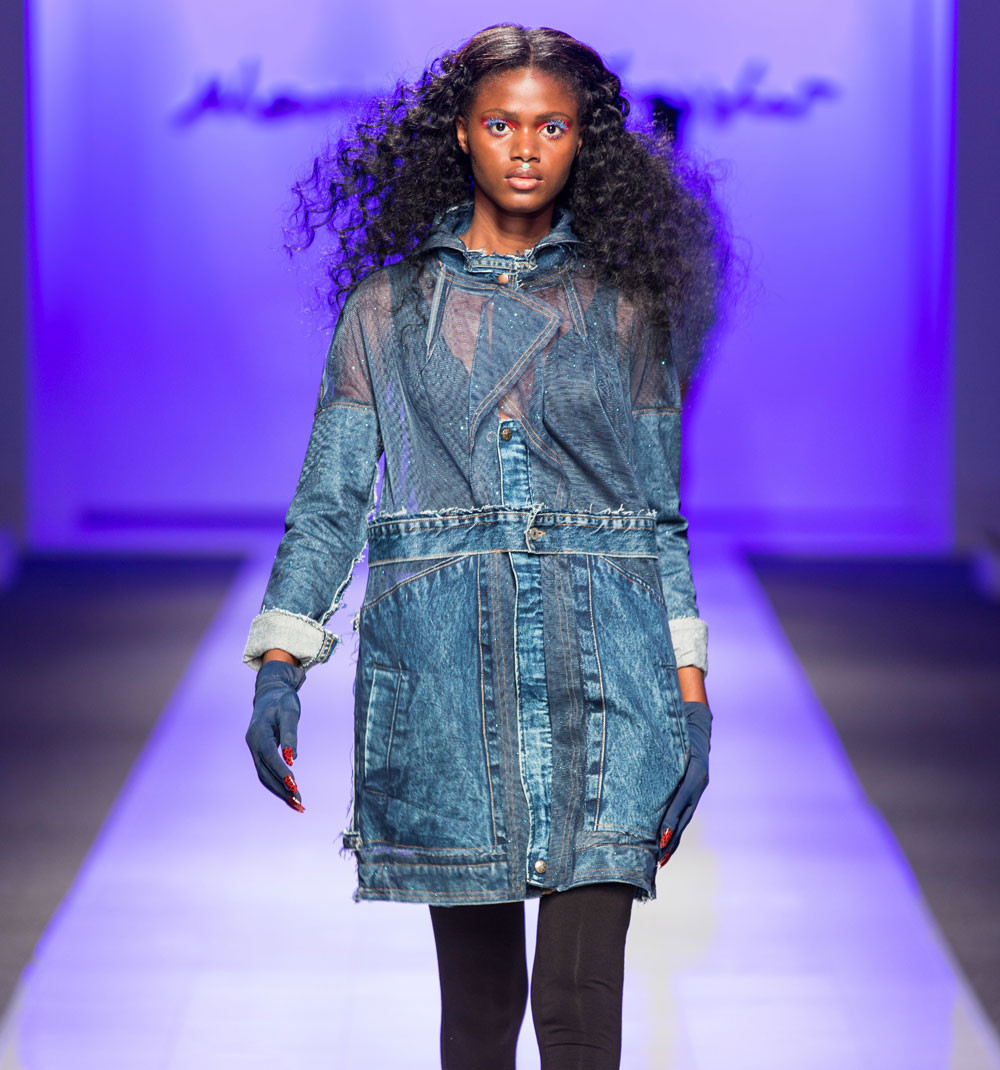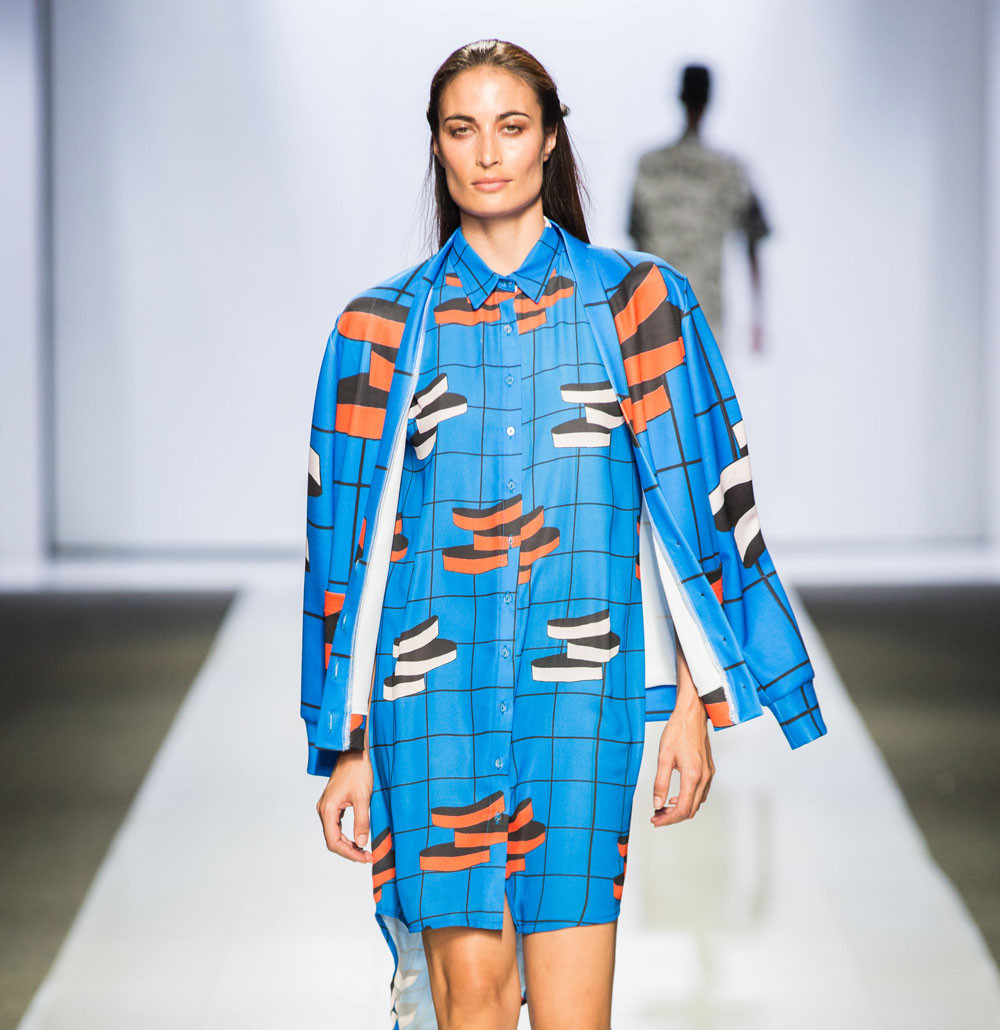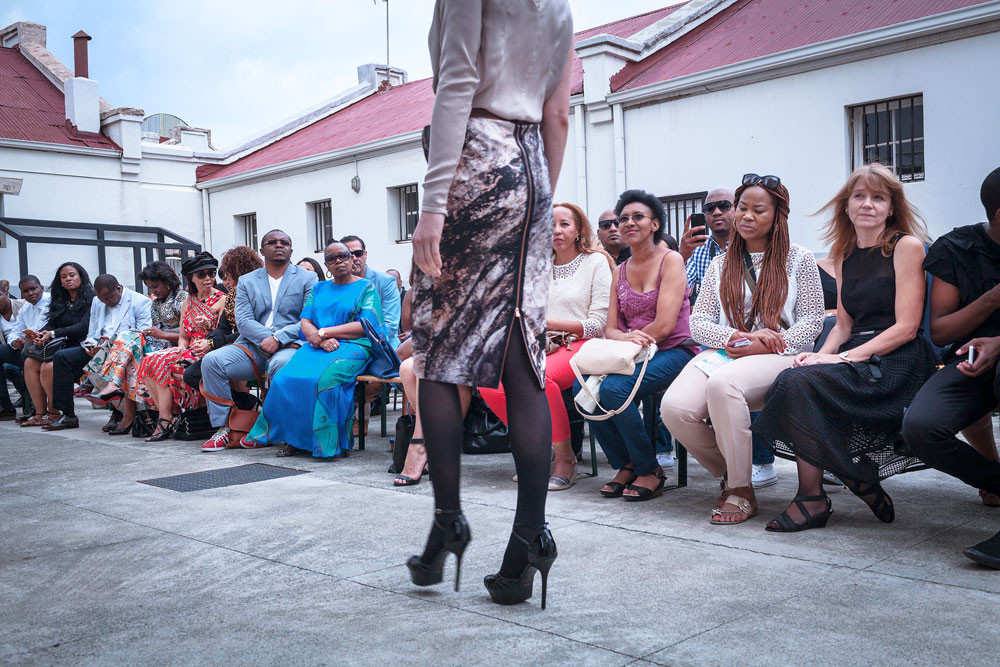The M&G is for the first time urging readers to oppose the ANC.
What happened to the days when South African fashion weeks took place during working hours? Editors, fashion directors, buyers and invited media would block off chunks of their working week and early evenings to attend, represent and cover.
Instead, as the media, we find ourselves scrambling for appropriately fashion-forward evening outfits and jostling for front-row seats (myself included) so we can look the part.
In recent years, the events have become more social occasions than anything else, stretching from three to five days to showcase a clutch of great designers such as David Tlale, Rich Mnisi and Marianne Fassler – but, frankly, too many more who should seriously rethink whether a runway is the right platform for their label or brand.
African Fashion International’s (AFI) Mercedes-Benz Fashion Week Johannesburg mostly played out under a beautifully appointed marquee at Melrose Arch from March 5 to 7.
AFI can be commended for creating an immaculate space and making ticket collection and media accreditation easy as well as democratising the front row in its expanse.
At local and international fashion weeks, the celebrities, socialites and respected bloggers in the frow (front row) make for great fashion-report fodder along with the garments, but apart from a handful, such as Bonang Matheba, Azania Mosaka and Zuraida Jardine, I didn’t see many of the usual contingent present.
Missed opportunity
Earlier this year, Business of Fashion reported that after a five-year partnership, Mercedes-Benz was pulling out of New York Fashion Week.
So one wonders whether this will affect the existence of this particular platform. The sponsor reportedly supports more than 50 fashion engagements globally but their recent withdrawal in New York might be fuelling rumours that this past showcase was AFI’s last.
It might also go far in explaining why on day two of the showcase, media were transported from Melrose Arch to the Johannesburg Art Gallery for the last fashion show dubbed the AFI NextGen.
If you’re going to go out, you might as well go big right? I was excited for the often forgotten gallery to get some foot traffic from the media. And with eager anticipation as we rolled along in one of three allocated buses, I was looking forward to the juxtaposition of emerging fashion designs in a gallery space established in 1912 and designed by Sir Edward Lutyens (also responsible for the Anglo-Boer War Memorial in Saxonwold, Johannesburg).
The building was later extended and renovated without detracting from the original building style and architecture and it is stately in appearance and size, housing one of the largest art collections in Africa, ranging from 15th century European to African art.
But instead of a showcase that could have acted as benchmark for future off-site fashion shows, we were bustled into an empty basement room where the models had been instructed to weave in and out of the crowd. And sadly, I missed seeing 90% of the featured designers, including Rich Mnisi’s collection, which I spotted on Instagram a day later. What a missed opportunity.
The collections that stood out
- Marianne Fassler’s spring/summer 2015 was a deconstructed denim story, peppered with her trademark leopard prints, mixed fabrics and frayed edges. The one reason that Leopard Frock remains a strong South African fashion label, whether you’re fan of her design aesthetic or not, is the strength and power of her brand identity. If you had to remove one frock and separate it from the entire collection, you would still know it’s a Fassler.

- Selfi’s conversational prints were a treat for the eyes. Hand prints, geometric prints and squiggles all came together to create a strong print story that really gelled. Celeste Arendse is a fashion designer who really knows and plays to her strengths – simple, unfussy lines and the use of quality fabric. Selfi has also recently launched an online shopping store selfi.co.za – perhaps there are fans prepared to pay R150 for delivery.

- Aside from the copycat allegations, Gavin Rajah’s Resort collection was a romantic story with its use of lace, broderie anglaise, diaphanous fabrication and mesh detailing cut from vintage-style patterns.
- Reportedly inspired by the movie Clueless, Rich Mnisi’s collection under design label Oath was a contemporary sports-luxe offering. The models were styled as cool kids with their FKA twigs-inspired nose rings, earring chains and round, oversize spectacles. The collection was a sharply put together combination of mixed fabrics using a palette of olive, mustard, maroon, cream and blue. Interesting silhouettes were created by belted jackets, cropped jackets worn over leather-look tops paired with shorts and brogues, and layered shift dresses in Aztec-inspired satin-look fabrics.
- Abstract prints in shades of grey, cream, beige and black defined David Tlale’s collection of gorgeously draped dresses and blouses worn under pantsuits and paired with pleated culottes. The show, the Aftermath, was staged at the Old Fort at Constitution Hill.

AFI response
African Fashion International denied it would be its last fashion week.
In response to questions from the Mail & Guardian, chief executive officer Sizwe Nzimande said AFI remained “vehemently committed to its role as a catalyst for the growth of the fashion industry in South Africa” and the continent.
The speculation is fuelled by the fact that AFI’s three-year deal with title sponsor Mercedes Benz South Africa is currently in its final stages.
Globally, Mercedes Benz sponsors 50 other fashion weeks but did not renew its deal with IMG, the organiser of New York Fashion Week, when that deal ended with this past season’s shows.
This could be a sign of what is perhaps to come for AFI’s three fashion weeks including Joburg, Cape Town and Mercedes Benz Fashion Week Africa.
It’s not the first time industry insiders have speculated about AFI exiting the fashion week business. Similar rumours did the rounds three years ago when Audi, AFI’s previous sponsor, pulled out.
Nzimande added: “AFI has been involved in the South African and African fashion industries for just over 7 years and in that time AFI has prided itself on taking African fashion to the world and being the gateway to African fashion. This objective forms the essence of AFI’s reason for existence.”
Visit our Facebook page to view our gallery of images taken behind the scenes at Fashion Week.